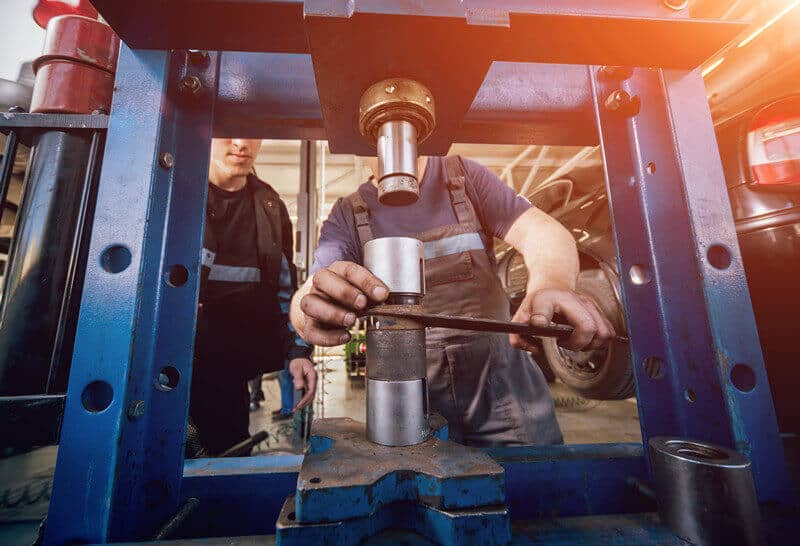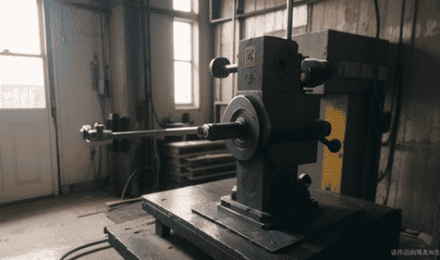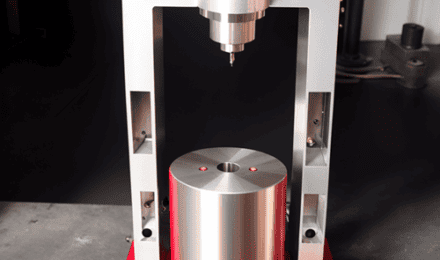Indeed, the hydraulic press is a remarkable machine meticulously designed to harness the power of fluid as its working medium. It operates in accordance with the renowned Pascal principle of energy transfer, enabling the realization of a diverse range of processes.
Comprised primarily of three essential components, the hydraulic press stands as a testament to the ingenuity of its design. These components include the machine itself, commonly referred to as the host, which serves as the foundation of the press. Additionally, the hydraulic press features a power system, responsible for generating the necessary force, and a hydraulic control system, which ensures precise and efficient operation.
Through the seamless integration of these three parts, the hydraulic press stands as a powerful and versatile tool, capable of revolutionizing numerous industries and processes.
Introduction
The hydraulic press, commonly referred to as the Bramah press, stands as a magnificent creation borne out of Pascal’s law. This extraordinary machine harnesses the power of hydraulic pressure to accomplish a wide array of specialized processes. It is worth noting that there exist numerous types of hydraulic presses, each catering to specific needs and applications, thereby offering a diverse range of uses.
One such distinction lies in the type of fluid employed to transmit pressure, leading to the classification of hydraulic presses into two main categories: water-based presses and oil-based presses. These variants showcase varying characteristics and applications. Notably, hydraulic presses generate substantial total pressure, rendering them particularly well-suited for forging and stamping operations.
In the realm of forging, hydraulic presses can be further differentiated into die forging hydraulic presses and free forging hydraulic presses. The former utilizes molds to shape the material, while the latter operates without the need for molds, allowing for greater flexibility and versatility in the forging process.
Uses
A hydraulic press proves to be an invaluable tool, particularly within the manufacturing industry, offering a wide range of tasks to accomplish. In addition to its applications in forging and stamping, as previously mentioned, hydraulic presses find utility in tasks such as straightening, pressing, packing, powder metallurgy, and press fitting.
Hydraulic presses encompass two primary categories: those utilizing water-based liquids and those relying on oil-based hydraulic systems. Water-based hydraulic presses, commonly referred to as hydrostatic presses, hold a significant presence within the realm of hydraulic machinery. The specifications of hydraulic presses are typically expressed in terms of nominal working force, measured in kilonewtons (kN), or nominal tonnage, expressed in tons.
Notably, hydraulic presses designed for forging purposes often possess a relatively high tonnage. To effectively deform billets or workpieces, large forging hydraulic presses typically operate at higher pressures, averaging around 35 MPa. In certain instances, ultra-high pressures exceeding 100 MPa may be employed to achieve specific objectives.
Hydraulic presses intended for other applications generally operate within a working pressure range of 6 to 25 MPa. It is worth noting that the tonnage of oil-based hydraulic presses tends to be lower compared to their water-based counterparts.






